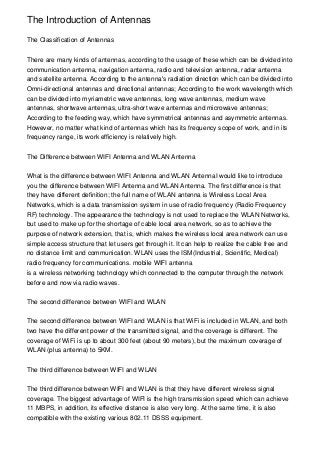Report
Share
Download to read offline

Recommended
Recommended
More Related Content
Featured
Featured (20)
How Race, Age and Gender Shape Attitudes Towards Mental Health

How Race, Age and Gender Shape Attitudes Towards Mental Health
AI Trends in Creative Operations 2024 by Artwork Flow.pdf

AI Trends in Creative Operations 2024 by Artwork Flow.pdf
Content Methodology: A Best Practices Report (Webinar)

Content Methodology: A Best Practices Report (Webinar)
How to Prepare For a Successful Job Search for 2024

How to Prepare For a Successful Job Search for 2024
Social Media Marketing Trends 2024 // The Global Indie Insights

Social Media Marketing Trends 2024 // The Global Indie Insights
Trends In Paid Search: Navigating The Digital Landscape In 2024

Trends In Paid Search: Navigating The Digital Landscape In 2024
5 Public speaking tips from TED - Visualized summary

5 Public speaking tips from TED - Visualized summary
Google's Just Not That Into You: Understanding Core Updates & Search Intent

Google's Just Not That Into You: Understanding Core Updates & Search Intent
The six step guide to practical project management

The six step guide to practical project management
Beginners Guide to TikTok for Search - Rachel Pearson - We are Tilt __ Bright...

Beginners Guide to TikTok for Search - Rachel Pearson - We are Tilt __ Bright...
Unlocking the Power of ChatGPT and AI in Testing - A Real-World Look, present...

Unlocking the Power of ChatGPT and AI in Testing - A Real-World Look, present...
The Introduction of Antennas
- 1. The Introduction of Antennas The Classification of Antennas There are many kinds of antennas, according to the usage of these which can be divided into communication antenna, navigation antenna, radio and television antenna, radar antenna and satellite antenna. According to the antenna's radiation direction which can be divided into Omni-directional antennas and directional antennas; According to the work wavelength which can be divided into myriametric wave antennas, long wave antennas, medium wave antennas, shortwave antennas, ultra-short wave antennas and microwave antennas; According to the feeding way, which have symmetrical antennas and asymmetric antennas. However, no matter what kind of antennas which has its frequency scope of work, and in its frequency range, its work efficiency is relatively high. The Difference between WIFI Antenna and WLAN Antenna What is the difference between WIFI Antenna and WLAN AntennaI would like to introduce you the difference between WIFI Antenna and WLAN Antenna. The first difference is that they have different definition; the full name of WLAN antenna is Wireless Local Area Networks, which is a data transmission system in use of radio frequency (Radio Frequency RF) technology. The appearance the technology is not used to replace the WLAN Networks, but used to make up for the shortage of cable local area network, so as to achieve the purpose of network extension, that is, which makes the wireless local area network can use simple access structure that let users get through it. It can help to realize the cable free and no distance limit and communication. WLAN uses the ISM(Industrial, Scientific, Medical) radio frequency for communications. mobile WIFI antenna is a wireless networking technology which connected to the computer through the network before and now via radio waves. The second difference between WIFI and WLAN The second difference between WIFI and WLAN is that WiFi is included in WLAN, and both two have the different power of the transmitted signal, and the coverage is different. The coverage of WiFi is up to about 300 feet (about 90 meters), but the maximum coverage of WLAN (plus antenna) to 5KM. The third difference between WIFI and WLAN The third difference between WIFI and WLAN is that they have different wireless signal coverage. The biggest advantage of WIFI is the high transmission speed which can achieve 11 MBPS, in addition, its effective distance is also very long. At the same time, it is also compatible with the existing various 802.11 DSSS equipment.
- 2. This article is come from: http://cell.battery-products.com/wifi-antenna/the-introduction-of-antennas.htm